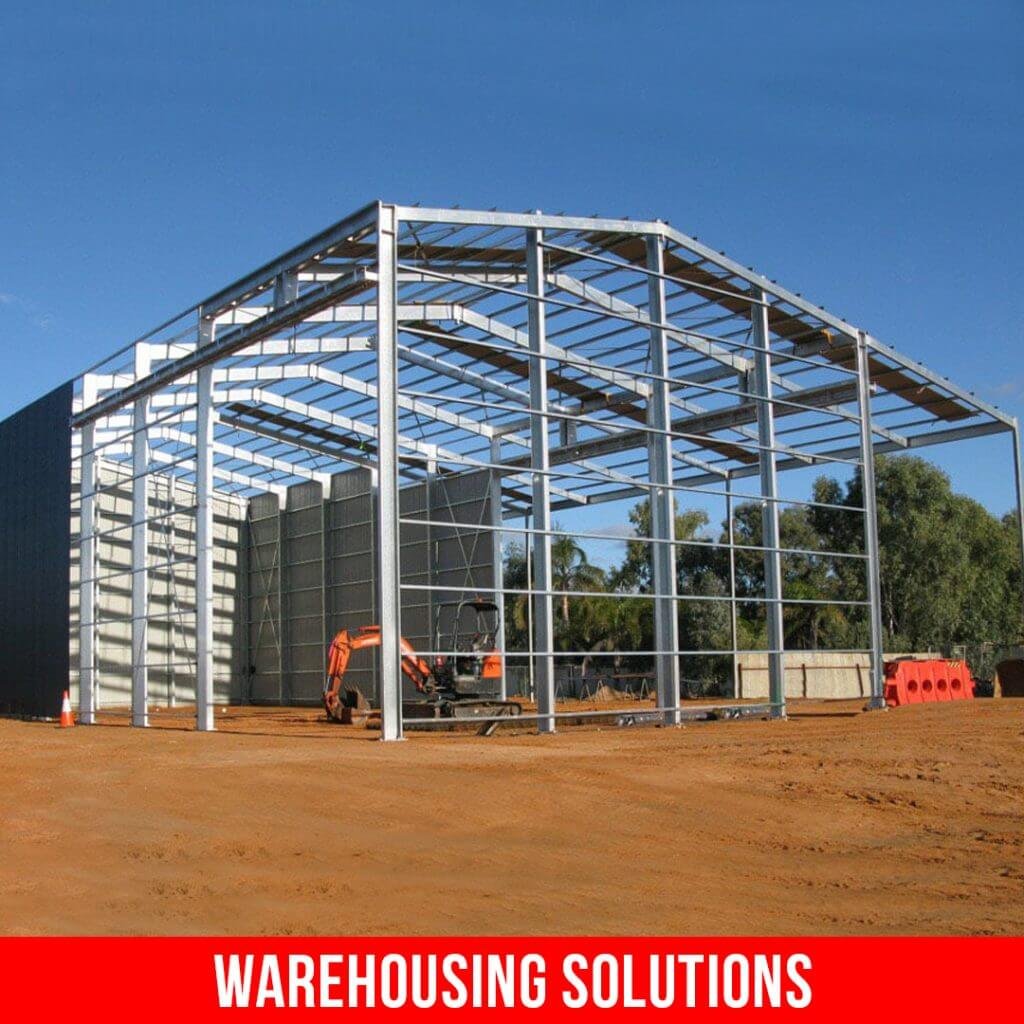- Home
- WAREHOUSING

Sites require custom work for any enterprise or business. Whether the plan is a commercial office structure, retail, warehouse, service industry, or storage, the process defines the success rate.
Damia Global Services provides services to help your company select the contractor, architect, and engineer for any given warehousing or storage project and how to design your warehouse layout.
Warehouses are areas of the construction industry that are currently booming. As a result of the pandemic, there has been growth in online retail and commerce, leading to an increased demand for warehouse construction.
Warehousing is an essential part of logistics operations and is vital to the distribution of goods. At every stage of its lifecycle, an item could spend time in a warehouse, whether that’s with a manufacturer, importer, exporter, wholesaler, or in the customs system.

As well as a rise in general need for warehouse construction, demand for different types of storage has increased.
Warehouses are also becoming more reliant on technology, due to a rise in popularity in environmental considerations. Warehouses use an immense amount of energy with demand increasing, which is critical to consider sustainability. Many companies have ‘greener’ options such as solar power and responsible waste disposal, so it’s vital to look at client specifications for each build.
The process is the most different between building a warehouse and other construction projects. A warehouse is a structure that has items belonging to a company.
A warehouse may also require to provide refrigeration, safety measurements for storing chemicals, or other special features. But fundamentally, like storage facilities, warehouses have a simple function: maintain stock security between manufacture, transportation, and trading.
Building materials use in warehouse buildings are also different from the standard brick and mortar. The most common material used for warehouses is steel, creating a pipe framework that supports the outside cladding and ceiling or roof.
Designers choose to use metals for durability since the structure requires to hold heavy loads. Generally, roofs are made from fiberglass, that allows natural light into the building. This also makes it comfortable to replace if it becomes damaged.
Building materials use in warehouse buildings are also different from the standard brick and mortar. The three major functions of an HVAC system are interrelated, specifically when providing acceptable indoor air quality and thermal comfort.
